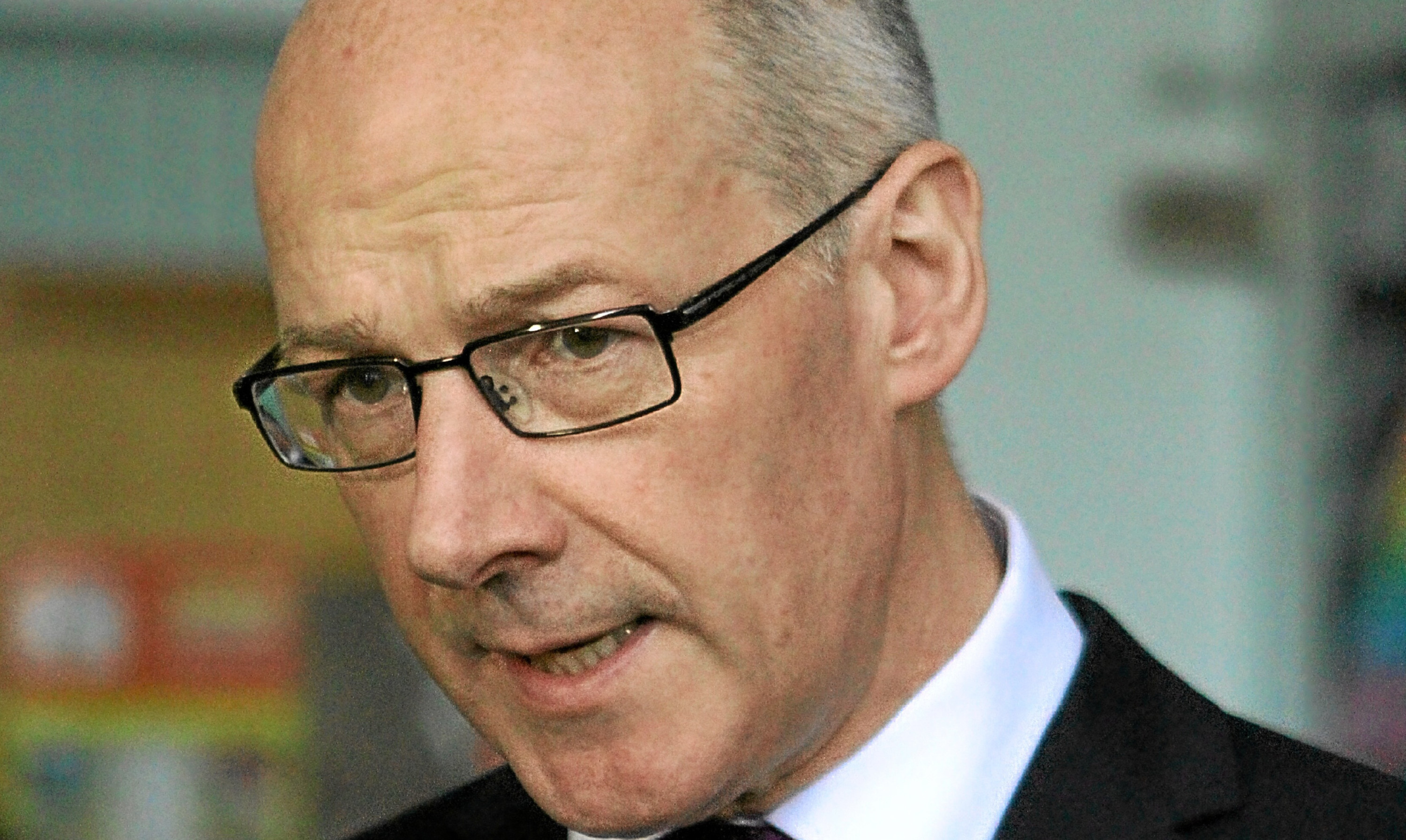More than half of councils need to do more to help cut the workloads faced by teachers, according to a report.
A review by HM inspectors of Scotland’s 32 local authorities found 14 had more work to do to help reduce teacher workload, particularly in areas such as forward planning, assessment and reporting to parents.
In a further three local authorities – Falkirk, Moray and Shetland – inspectors said there was not sufficient evidence of the impact of actions taken to address bureaucracy and undue workload.
The review was announced by Deputy First Minister and Education Secretary John Swinney in June as part of a range of measures aimed at reducing the workload burden on teachers in the wake of Curriculum for Excellence reforms.
It found the extent and effectiveness of actions councils are taking to do so varied “significantly”.
Bill Maxwell, Education Scotland’s chief executive and chief inspector of education, said: “It was clear from our review that there is too much variability across local authorities in tackling bureaucracy and undue workload.
“We saw evidence of strong progress being made across almost half of the local authorities and some very strong examples.
“Whilst all local authorities were clearly committed to the principle of tackling undue workload, our review highlighted the need for many authorities to do more to speed up progress in ensuring consistent good practice across the schools in their areas and in a few cases further action is needed.”
Mr Swinney called on every council to review arrangements for tackling bureaucracy and teacher workload in light of the report’s findings.
He said: “The report shows that implementation of best practice across the country was variable and, across all areas, more needs to be done to monitor pupil progress, with effective IT needed to make that happen.
“However, this review shows what is achievable through greater collaboration between schools and teachers.
“Strongly-performing councils ensured that robust inter-school networks were in place to facilitate the development and sharing of good practice.
“It has also clearly demonstrated how greater collaboration between schools can foster better understanding by teachers of the requirements for assessment. It is disappointing to note that this is happening in only around a quarter of councils.”
A spokesman for council body Cosla said; “This is very disappointing from a local government perspective and hopefully it will not have a knock-on effect in our wider discussions around education which are ongoing at the moment.
“This exercise was supposed to be about improving education but it hasn’t included the workload requirements generated by government agencies.
“Indeed, it is ironic that the workload issue was created in large part by the agency sent in to ‘sort out the problem’.
“In addition, sending Education Scotland into councils suggests a lack of independence because the reality is that this has to be a real independent look at the facts. It is not about finding a problem to which they already think they have a solution.
“Finally, we would dispute how anything credible or meaningful can be ascertained in a two-week period based on the flimsiest of evidence.”







